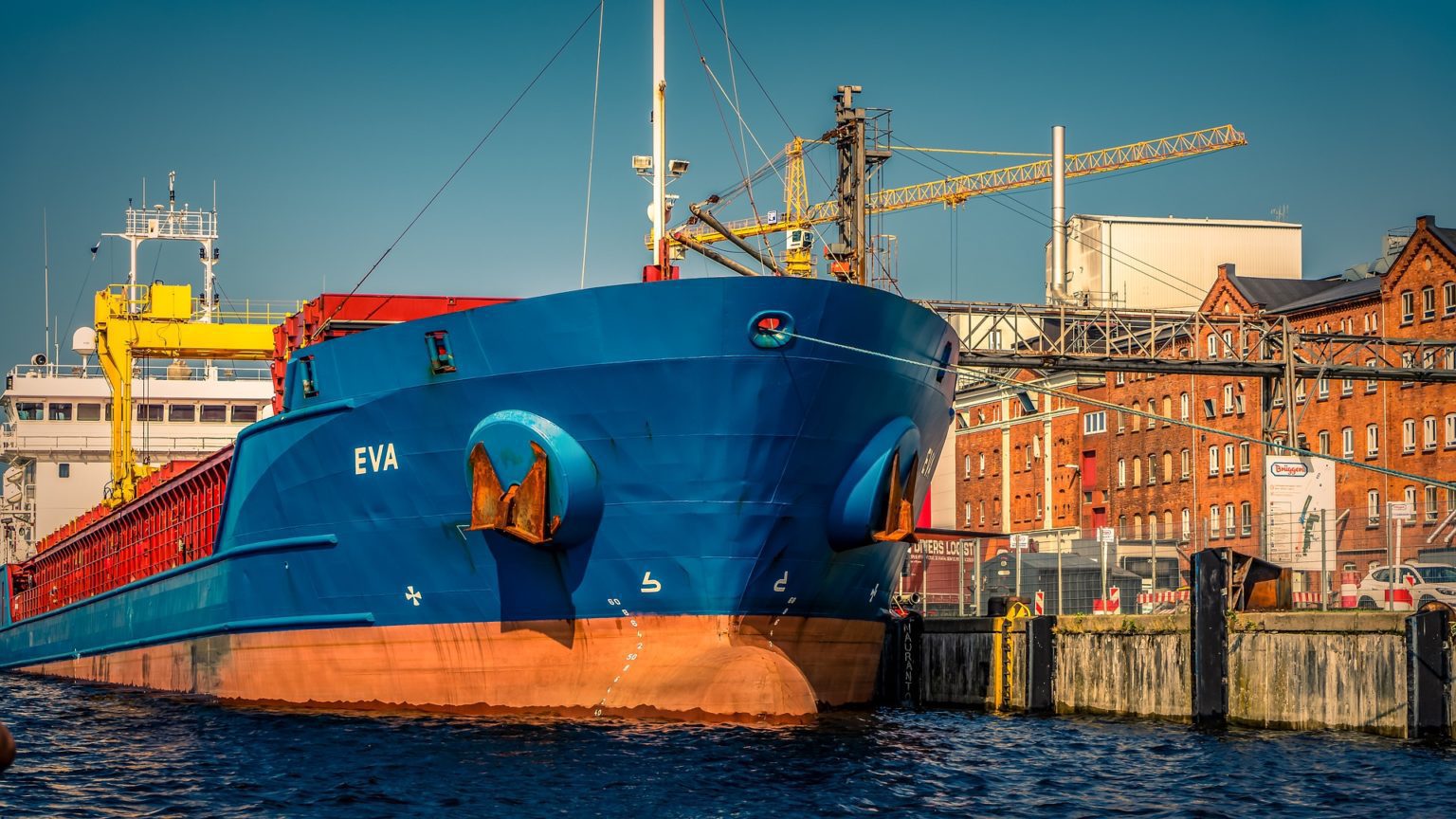Cleaning a ship’s submerged parts from barnacles and other growths, while the ship is in the water, can transfer invasive species to local marine environments unless it is properly cleaned and the debris is captured.
To combat this problem, and to provide clarity and quality assurance to shipowners, ports and government authorities, BIMCO and the International Chamber of Shipping (ICS) have published the first industry standard on in-water cleaning of ships.
“This standard will help protect the environment in the port. Not only that, it will also help every organisation that is part of this process by raising the minimum standard of cleaning several notches higher and ensure that the end result is both a clean ship, and safe working practice,” says David Loosley, BIMCO secretary general.
The organisms growing on the ship increases its drag through the water and can reduce fuel efficiency of the ship by as much as 35 percent, leading to higher fuel bills and higher CO2 emissions. It is therefore important to remove the growths every couple of years.
A number of countries and regions have put biofouling management high on the agenda, with regional and national regulation on the drawing board or already in place. This includes the USA, Australia, the Baltic Sea region, New Zealand, Hawaii and California.
John Stawpert, Manager (Environment and Trade) at the International Chamber of Shipping added: “This new industry standard establishes a benchmark for safe and environmentally sound underwater hull cleaning, an issue that is of increasing concern to the international community. We hope that this first step by industry bodies will allow cleaning companies to demonstrate that their products protect the marine environment, and that shipowners can be confident that their ships are cleaned to a safe and effective level around the world. With these industry standards port authorities can also have confidence that underwater hull cleaning can be completed with minimal risk to the environment by independently approved cleaning companies working to proven high standards.”
According to the industry standard, at least 90 percent of the macro fouling must be captured by the cleaning company, and effluent water coming back into the sea will have removed organisms and materials down to a microscopic size (0.000001 metres).








